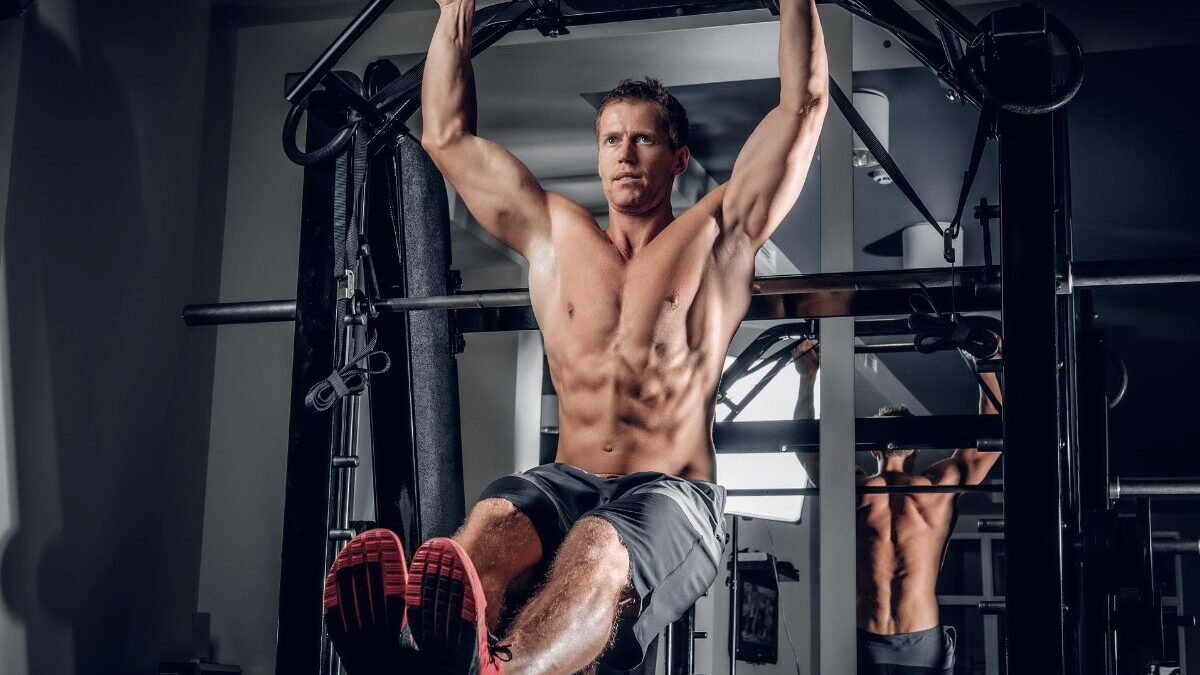
Bodyweight Pull Exercises
Introduction to Bodyweight Pull Exercises
Bodyweight exercises are versatile and practical fitness and strength training options. Among these, Bodyweight Pull Exercises hold a significant place. Understanding these exercises into your routine can substantially improve strength, muscle definition, and overall fitness levels.
Understanding Pull Exercises
Pull exercises are movements that involve pulling resistance toward your body. They primarily target muscles such as the back, biceps, and forearms. These exercises are crucial for achieving a balanced physique and are often complemented with push exercises for a well-rounded workout regimen.

Benefits of Bodyweight Pull Exercises
Bodyweight pull exercises offer numerous advantages, making them suitable for individuals of all fitness levels. Notable benefits include:
- Strength Building: Pull exercises engage multiple muscle groups simultaneously, leading to significant strength gains over time.
- Convenience and Accessibility: Unlike gym equipment, bodyweight exercises can be performed virtually anywhere, making them ideal for those with busy schedules or limited access to a gym.
- Improved Flexibility and Mobility: Pull exercises, particularly those targeting the back, help improve posture and flexibility, reducing the risk of injuries in everyday activities.
Necessary Equipment for Bodyweight Pull Exercises
One of the most appealing aspects of Bodyweight Pull Exercises is their minimal equipment requirement. Many practical pull exercises can be performed using a sturdy overhead bar or a set of suspension straps. DIY options such as doorframe pull-up bars or improvised suspension systems can be easily constructed at home for those seeking alternatives.

Top Bodyweight Pull Exercises
- Pull-Ups: A classic and effective exercise that targets the upper back, biceps, and forearms.
- Chin-Ups: Similar to pull-ups but with an underhand grip, placing greater emphasis on the biceps.
- Inverted Rows: A horizontal pulling movement that engages the back muscles while challenging core stability.
- Australian Pull-Ups: A beginner-friendly variation of pull-ups performed at an inclined angle, gradually allowing individuals to build strength.
Proper Form and Technique
While bodyweight pull exercises offer numerous benefits, proper form and technique are paramount to ensure safety and effectiveness. Common mistakes such as swinging or using momentum should be avoided, as they can compromise muscle engagement and increase the risk of injury. Focusing on controlled, deliberate movements with a full range of motion is critical to maximizing results.
Progression and Variations
Progressing in bodyweight pull exercises is essential for continued growth and improvement. Beginner progressions may include assisted variations using resistance bands or starting with partial repetitions. As strength increases, individuals can gradually advance to more challenging variations such as one-arm or weighted pull-ups for added resistance.

Incorporating Bodyweight Pull Exercises into Your Routine
The frequency and repetitions of bodyweight pull exercises depend on individual goals and fitness levels. Beginners may start with 2-3 sessions per week, gradually increasing intensity and volume as they progress. Incorporating pull exercises into a comprehensive workout routine that includes both push and leg exercises for balanced muscle development is also beneficial.
Addressing Common Concerns and Challenges
Plateaus and fatigue are common challenges encountered in any fitness journey. To overcome strength plateaus, varying your routine with different exercises or increasing resistance can help stimulate muscle growth. Grip fatigue, often experienced during pull exercises, can be mitigated by incorporating grip strength exercises or using supportive equipment such as lifting straps.
Tips for Maximizing Results
Optimizing results from Bodyweight Pull Exercises requires attention to various factors beyond the workout. Adequate rest and recovery are essential for muscle repair and growth, so allow sufficient time between sessions. Maintaining a balanced diet rich in protein and staying hydrated can further enhance performance and recovery.

Safety Considerations
While bodyweight exercises are generally safe for most individuals, listening to your body and avoiding pushing through pain or discomfort is essential. Warm-up exercises and proper stretching can help prevent injuries while paying attention to appropriate form reduces the risk of strains or sprains.
Real-Life Success Stories
Many individuals have experienced significant transformations through consistent dedication to bodyweight pull exercises. From overcoming physical limitations to achieving personal fitness milestones, these success stories inspire anyone embarking on their fitness journey.
Conclusion
Incorporating bodyweight pull exercises into your fitness routine can significantly benefit strength, muscle development, and overall health. Whether you’re a seasoned athlete or a novice enthusiast, these exercises offer a versatile and accessible means of achieving your fitness goals. So, grab that overhead bar and start pulling your way to a more robust, fitter you!





